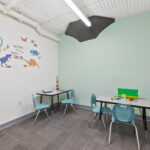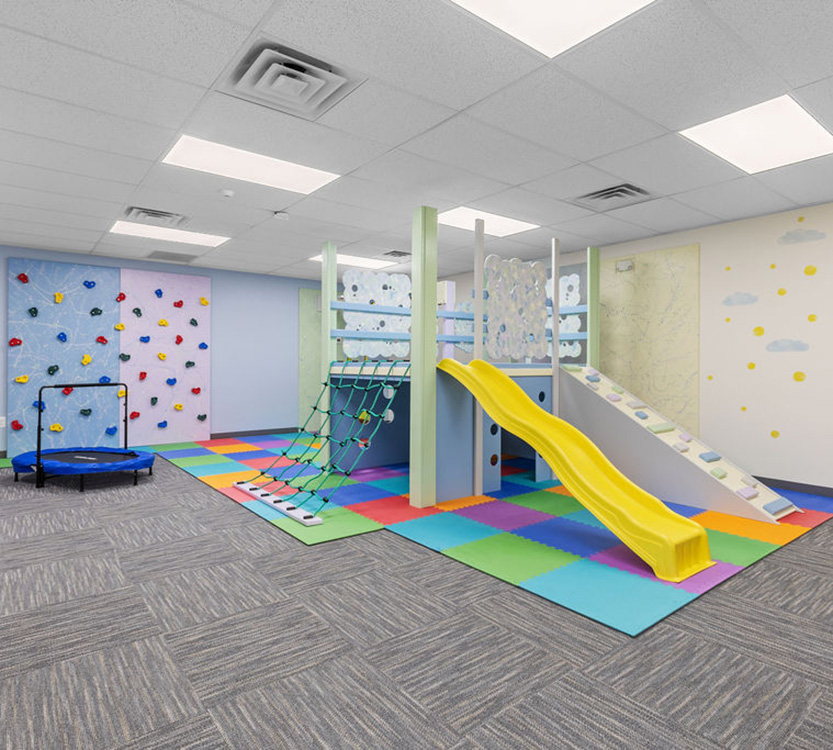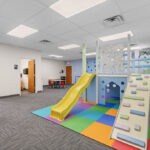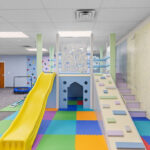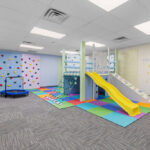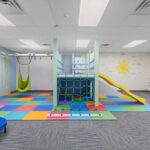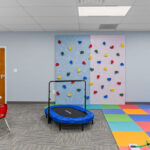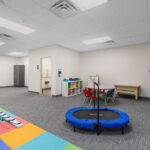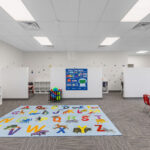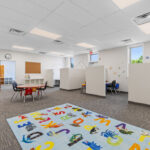December 11, 2025
LEARN Behavioral Opens Doors of New Autism Learning Center in New Bedford, MA.
FEATURED POSTS
December 4, 2025
December 1, 2025
November 25, 2025
No Waitlist and Flexible Hours for Bristol County Area Families
Behavioral Concepts (BCI), a provider of LEARN Behavioral, is proud to announce the opening of its new New Bedford Learning Center at 392 Acushnet Ave, New Bedford, MA 02740.
BCI is New Bedford’s premiere contemporary applied behavior analysis (ABA) provider of center-based autism services for children ages 2-6 years. The New Bedford Learning Center provides early intervention, center-based and in-home ABA therapy, diagnostic services, after-school and weekend services, and parent education.
“We are excited to have the opportunity to partner with new families by expanding our services in the South Coast region,” said Aerin Parish-Toscano, MS, BCBA, LABA, Regional Clinical Director. “We value being a part of the New Bedford community and look forward to helping find success for every child in our care.”
Key Features of the New Bedford Learning Center:
- Large facility which includes an indoor gross motor space for physical and social development.
- ABA therapy, which includes a learning-rich environment, unique play-based learning spaces, and one-on-one support.
- No waitlist and flexible treatment hours (after-school hours, weekend hours, and full-day/half-day hours) to accommodate busy family schedules.
- Serving children 2- 6 years old with personalized therapy plans.
- Conveniently located near downtown; accessible by public transportation and walkable from many local schools.
The center is now enrolling new clients based in Attleboro, Brockton, Dartmouth, Fairhaven, Fall River, New Bedford, Raynham, Seekonk, Somerset, and Taunton with no waitlist and flexible treatment hours.
About BCI
BCI, part of the LEARN Behavioral network, is one of the nation’s leading providers of compassionate autism care. For more than 20 years, BCI has been delivering evidence-based services, helping children with autism find success and reach their unique potential.
In addition to the New Bedford Learning Center, BCI has existing center-based ABA therapy Learning Centers in Beverly, Brockton, Fitchburg, Framingham, Lawrence, Lowell, Newton, Springfield, Taunton, Wilmington, two locations in Worcester, MA, and a location in Nashua, NH.
For more information or to enroll a child at the New Bedford Learning Center, call (508) 363-0200 or visit https://bciaba.com/locations/new-bedford
About LEARN Behavioral
LEARN Behavioral is a national leader in autism treatment, offering comprehensive diagnostic services and contemporary applied behavior analysis (ABA) therapy for children with autism spectrum disorder (ASD). With a nationwide network of ABA providers and more than 100 Learning Centers across the country, LEARN delivers the highest standard of evidence-based care—customized to meet the unique needs and interests of each child and family. For more information, visit learnbehavioral.com.













